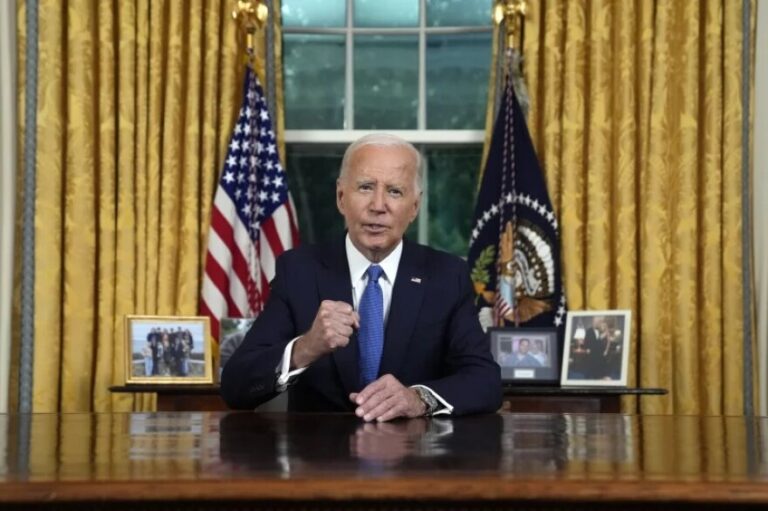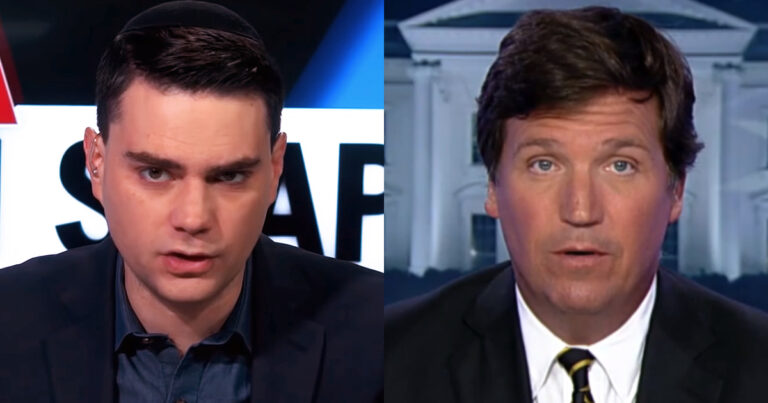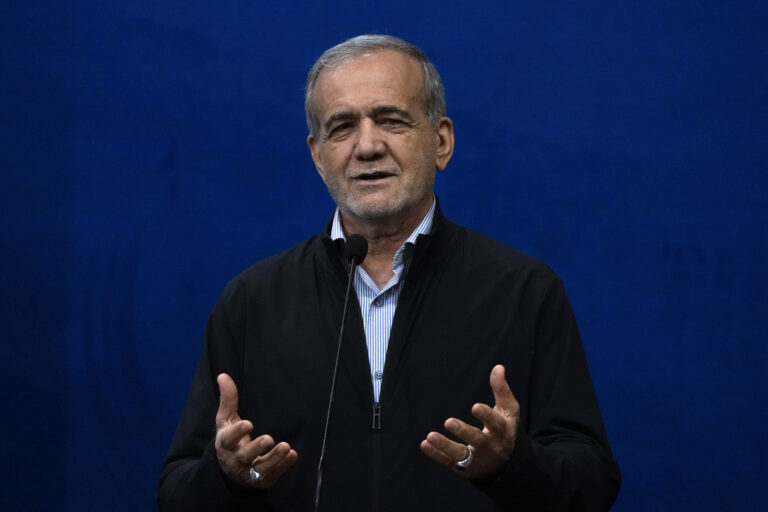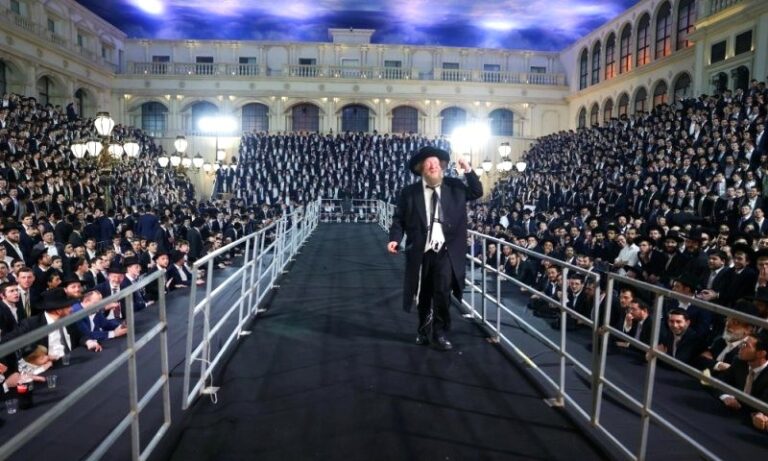 It’s the stuff of Republican nightmares: Fox News runs out of advertising time.
It’s the stuff of Republican nightmares: Fox News runs out of advertising time.
But in an election bursting with money from an expected 17 Republican presidential candidates and dozens of outside groups supporting them, NCC Media, the company that handles placement of political ads for most of the country’s cable systems, is already working out the puzzle of how to accommodate everyone.
“Fox is a revenue driver,” said Tim Kay, NCC’s director of political strategy. “It’s extremely popular as the way to reach Republican primary voters.” He added: “What we’re waiting to see is, is everyone going to want Fox News, or are they branching out to different channels to try to capture some of those same demographics?”
It’s not just Fox News. Broadcast stations in the early primary voting states of Iowa, New Hampshire, South Carolina and Nevada are preparing for a 2016 onslaught — which they welcome, because presidential ads boost their bottom lines every four years.
For television viewers? Welcome back to campaign season.
If you live in New Hampshire or Iowa, you’re already seeing the smiling faces of at least four Republican presidential candidates. Beginning Thursday, Ohio Gov. John Kasich will be talking in a commercial about how he learned from his father, “Do your best to look out for other people.”
The ad, which costs about $1 million to broadcast across New Hampshire, was paid for by New Day for America, an outside group backing the governor, who has yet to make his candidacy official.
Ex-Texas Gov. Rick Perry and Louisiana Gov. Bobby Jindal, both declared GOP presidential candidates, have been introducing themselves to Iowans thanks to ads put up by outside groups helping them. Texas Sen. Ted Cruz’s campaign put a small run of commercials on the air soon after he announced his candidacy in late March.
All of this with the nation’s first primary contest, in Iowa, more than 200 days away.
Still, early advertising gets the candidates better known and can help presidential aspirants who are struggling near the bottom of the pack, said Will Feltus, a media researcher and planner at National Media who worked on George W. Bush’s two presidential elections.
“There’s a perception that you’re not real until you’re on television,” Feltus said. “TV has a very positive effect on supporters, on donors and on potential donors.”
No one in the 2016 GOP class has focused on TV more than Florida Sen. Marco Rubio, whose campaign has placed orders for more than $12 million in ads that would start at the end of this year and air in Iowa, New Hampshire and other early primary states.
“We raise money for one simple reason,” Rubio told The Associated Press while campaigning Wednesday in Iowa. “And that is to be able to pay for an organization that can deliver our message, and also be able to buy access and airtime to be able to communicate with voters.”
Rubio is also getting a TV assist from a nonprofit policy group that keeps its donors secret. Conservative Solutions Project spent more than $3 million on commercials on national cable. Its ad focuses on the “bad deal” that President Barack Obama’s administration is negotiating with Iran on nuclear weapons. “Sen. Marco Rubio is fighting to stop it,” the narrator says.
It’s on — you guessed it — Fox News.
The news outlet sucks up more political advertising spots than any other channel, NCC data show, and Republican primary elections drive that tally. CNN follows, then NBC, CBS and ABC. A study by the Pew Research Center helps to illustrate why: It found that 47 percent of conservatives consider Fox News their main and only news source, and 88 percent of them trust it.
While three-fourth of all political commercials in the last presidential election were on cable, broadcast reaches far more viewers and accounts for the majority of the estimated $3 billion that political candidates and groups, from the president down to town sheriff, spent on ads in 2012.
The political interest in cable ballooned in popularity after Obama’s 2008 campaign used viewership data to reach small groups of voters in critical locations — for example, college kids watching MTV at night in Columbus, Ohio.
“Cable fits with the overall trend of campaigns to target particular kinds of voters,” said Travis Ridout, a co-director of the Wesleyan Media Project, which analyzes election advertising, including the $3 billion in 2012 spending.
But unlike local news broadcasts with their bounty of advertising time available to politicians, cable offers just a couple of minutes per hour for those seeking to pipe an election message to a specific geographic location.
“There’s only one problem,” Ridout said. “There’s not enough to go around.”
(AP)










